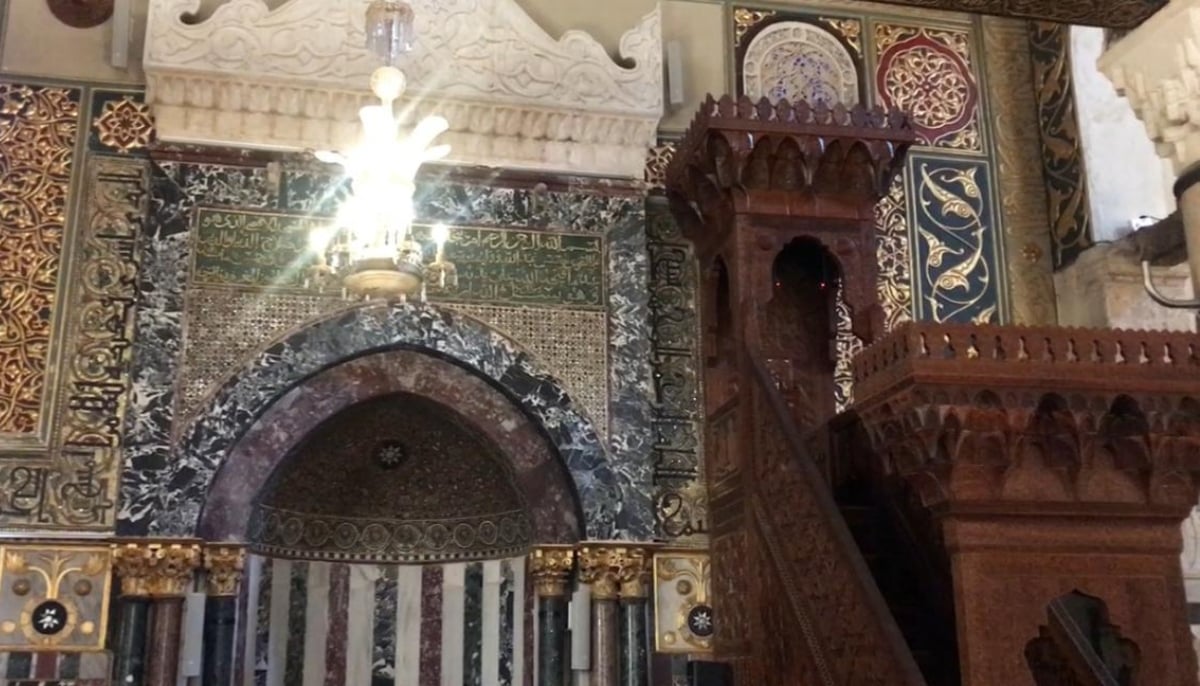
Timeless legacy — Al-Aqsa Mosque
JERUSALEM: On the last Friday of Ramadan, Muslims around the world observe “Youm al-Quds” to express solidarity with Palestinians and highlight the historical significance of the Al-Aqsa Mosque.
Jerusalem’s sacred status
Jerusalem is Islam’s third holiest city, revered equally by Christians and Jews.
The city’s heart lies within the Al-Aqsa compound, a sacred site spanning 144,000 square metres. It is known as “Haram al-Sharif” (The Noble Sanctuary) and holds profound spiritual significance after the holy cities of Makkah and Medina.
The gates of Haram al-Sharif
The compound has over 15 gates, with “Bab al-Asbat” (Lions’ Gate) being the main entrance for Muslims.
In contrast, “Bab al-Maghariba” (Moroccan Gate) is exclusively controlled by Israeli forces and often used for non-Muslim visitors.
Management and protocols
While the Al-Aqsa compound is under tight Israeli security, its administration lies with the Jordanian Islamic Waqf authority.
The Waqf oversees maintenance, entry protocols and ensures visitors respect Islamic traditions.
Women must cover their heads, and men are prohibited from wearing shorts, with coverings provided for those who need them.
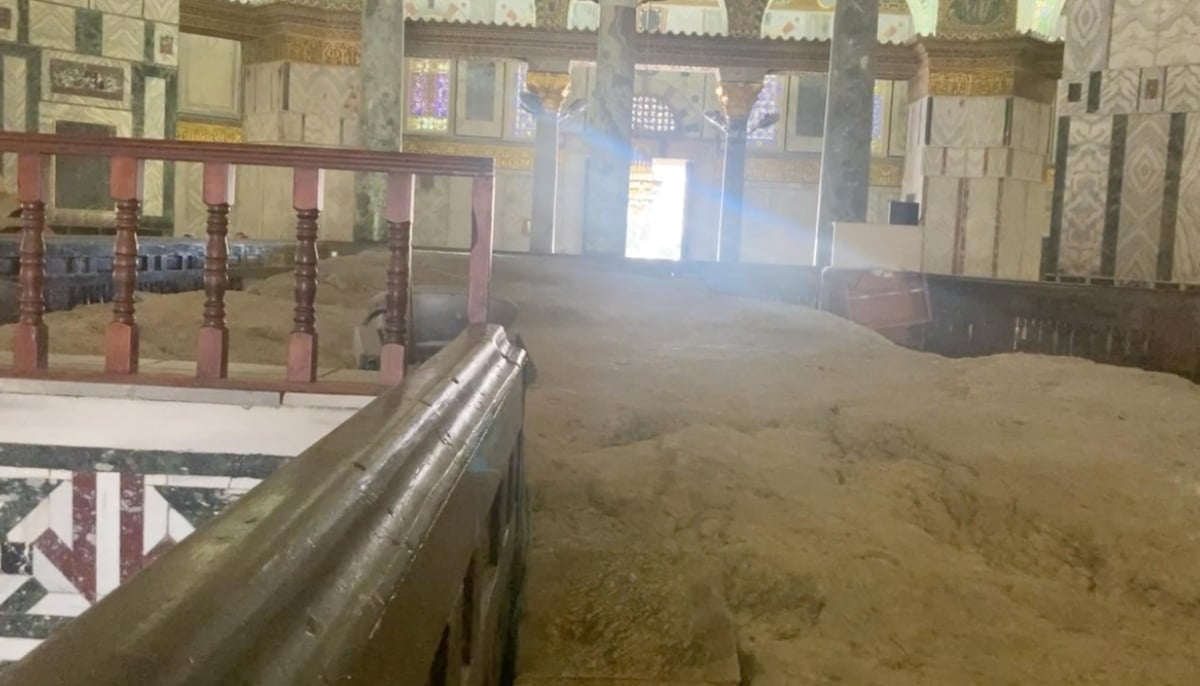
Mosques in Haram al-Sharif
Al-Aqsa compound (Haram al-Sharif), with its vast area, houses four significant mosques, each with unique historical and religious importance, along with a few smaller prayer halls, also referred to as mosques with different names.
1. Al-Qibli Mosque
Situated in the southern part of the compound, the iconic grey-domed mosque is the Al-Aqsa Mosque, also called the Qibli Mosque, as it was Islam’s first qibla (direction of prayer).
Its walls and mihrab are adorned with beautiful calligraphy. Adjacent to the main mihrab is the historic pulpit of Salahuddin Ayyubi, preserved within a protective glass enclosure.
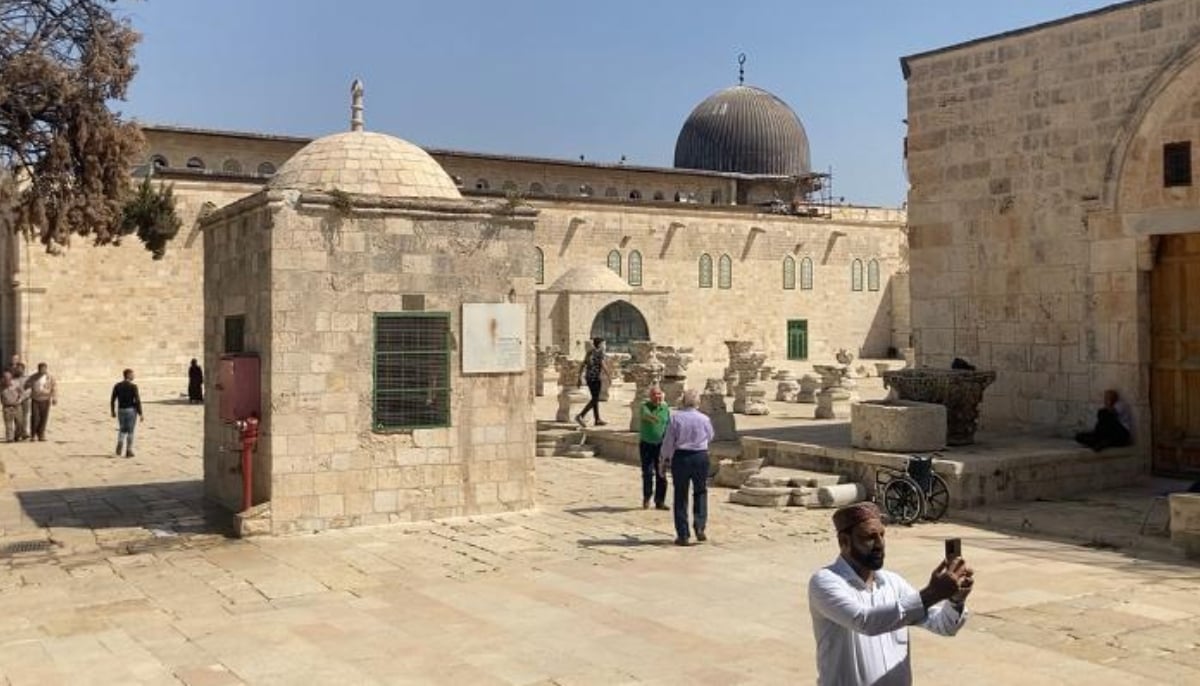
2. Dome of the Rock
At the centre of the compound stands the world-famous Dome of the Rock (Masjid al-Sakhrah), with its golden dome symbolising Jerusalem.
Its dome is adorned with pure gold, and beneath it lies the sacred rock from where Prophet Muhammad (PBUH) is believed to have ascended to the heavens during “Isra wal Miraj”.
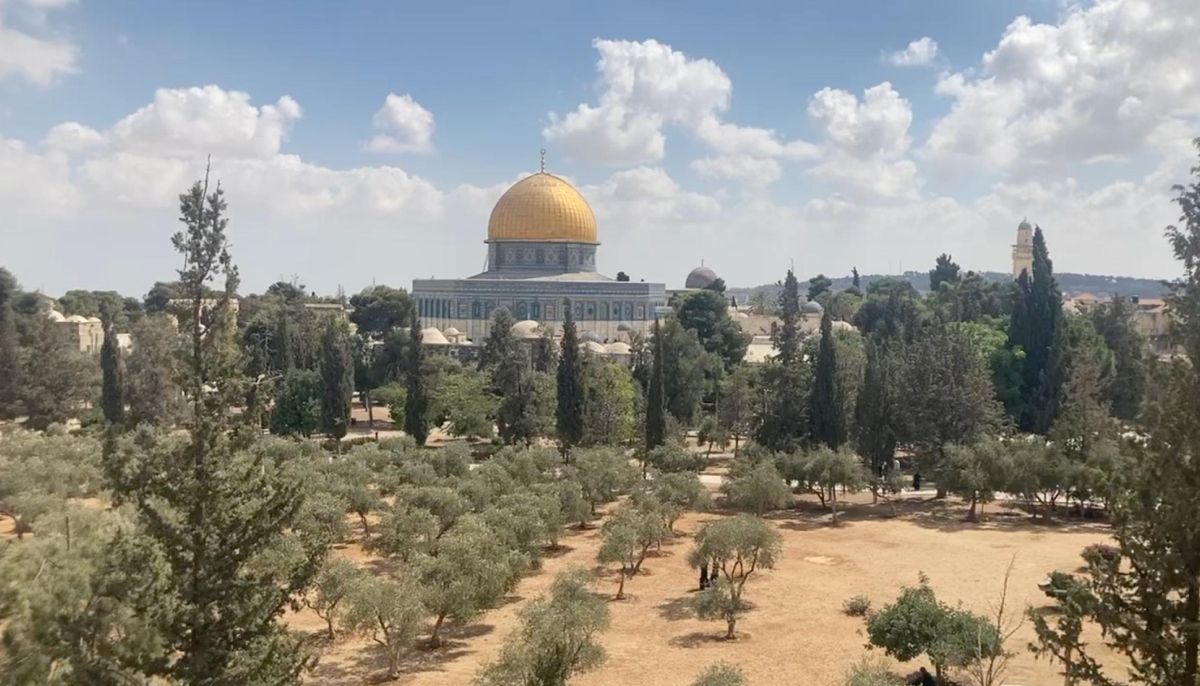
Adjacent to the rock is a mihrab where a relic — supposedly a strand of the Holy Prophet’s (PBUH) hair — has been placed. Pilgrims can touch the mihrab through a specially designed opening.
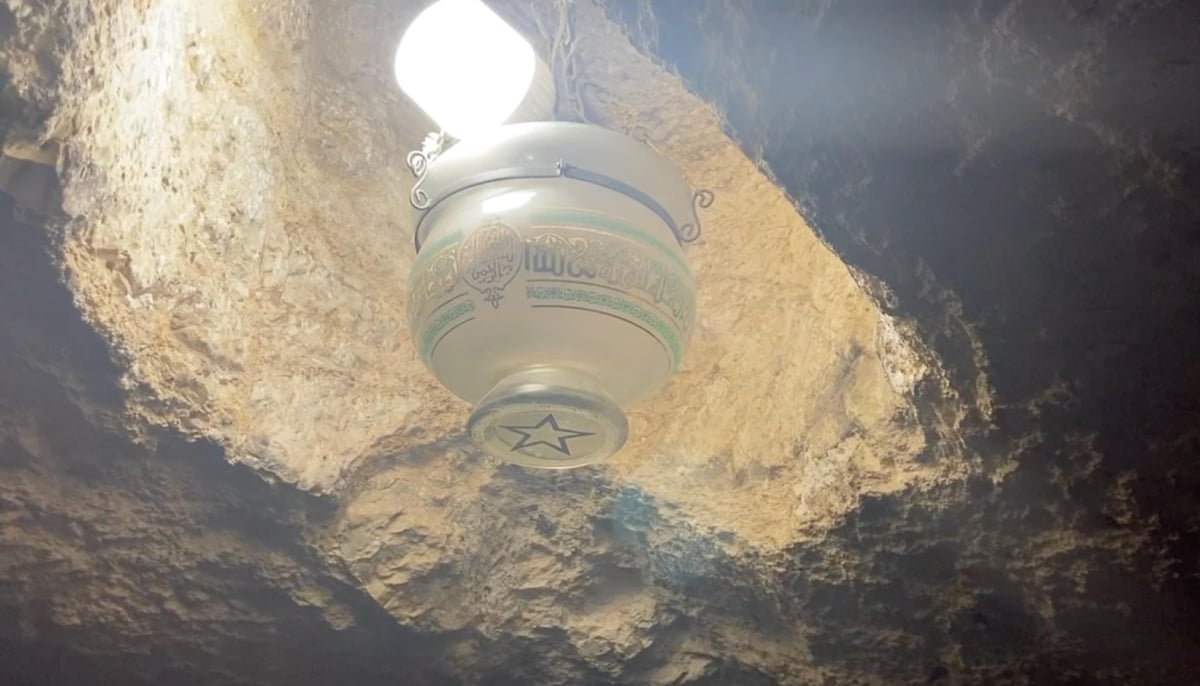
Directly beneath the rock lies a cave, referred to as the “Cave of the Prophets” (Ghar Anbiya).
According to tradition, this is a sanctified space where prophets, including Prophet Ibrahim (PBUH), Prophet Sulaiman (PBUH), and Prophet Yaqub (PBUH), are believed to have engaged in worship.
3. Marwani Mosque
Located in the southeast corner, this underground mosque can accommodate 10,000 worshippers, making it the largest prayer hall in the compound.
4. Buraq Mosque
In the southwestern part of the Al-Aqsa compound lies Masjid Buraq, a mosque of great historical and religious significance.
According to tradition, Buraq was the celestial steed (a winged horse-like creature) ridden by Prophet Muhammad (PBUH) during his miraculous Night Journey (Isra and Miraj) from Makkah to Jerusalem.
It is said that Buraq was tethered at this very location, and during the Ottoman period, an iron ring was installed on the wall to mark the spot.
On the other side of this wall lies the Western Wall, also known as the Wailing Wall, which holds profound spiritual importance for the Jewish faith. Devotees gather there to recite the Torah and place written prayers in the crevices of the wall, believing in their fulfilment.
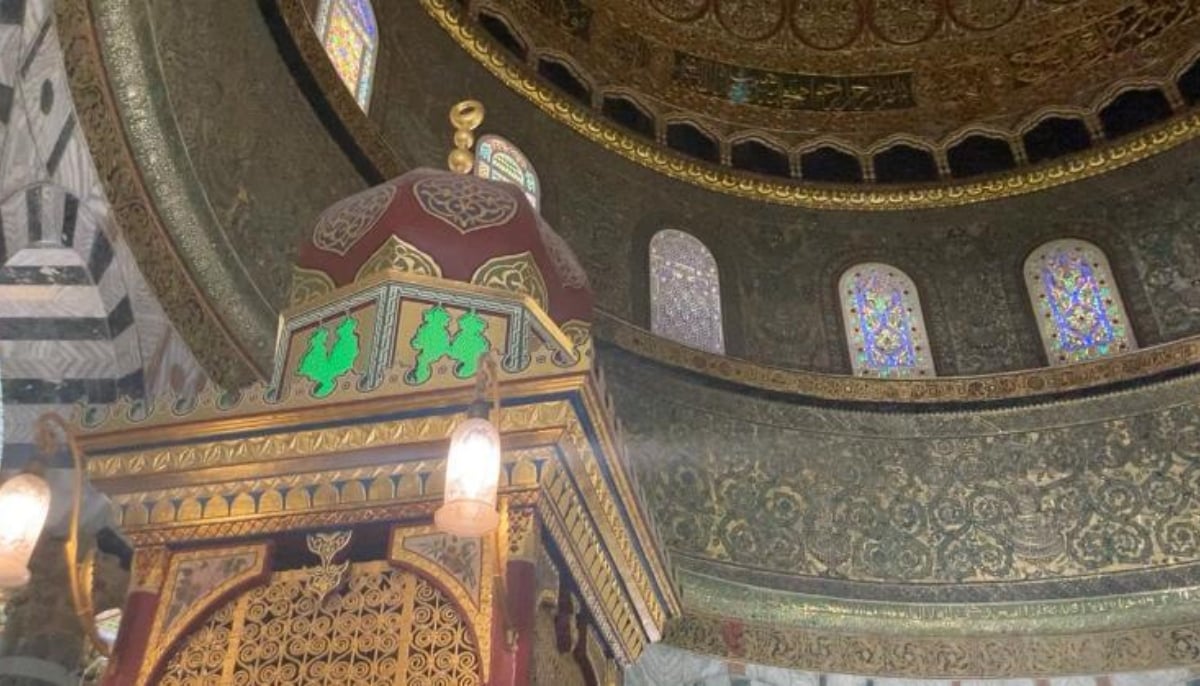
Tombs of resistance leaders
The Al-Aqsa compound also serves as a symbol of Palestinian resistance, housing the graves of notable figures who sacrificed their lives for the cause.
Among them is Muhammad Ali Johar, a prominent leader of the Khilafat Movement, whose tomb near the Dome of the Rock honours his legacy.
The final resting places of Palestinian leaders Musa Kazem Al-Husseini, Abd al-Qadir Al-Husseini, and Faisal Al-Husseini can also be found here.
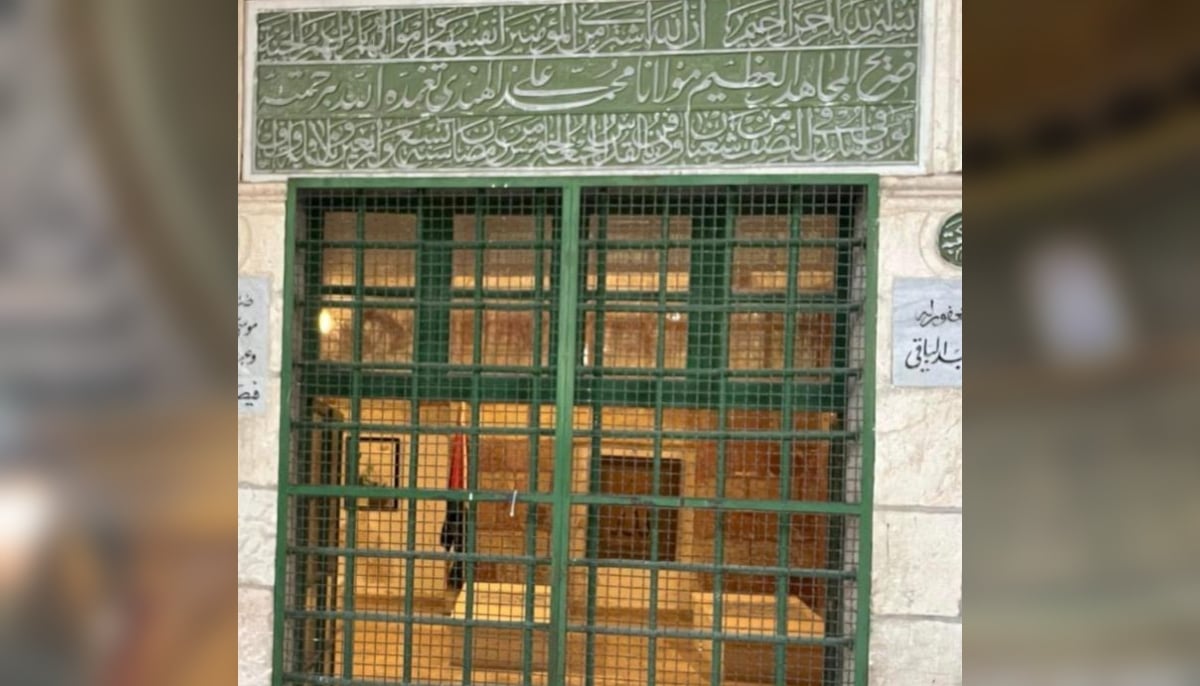
Olive trees of Haram
The compound is adorned with ancient olive trees, some of which are centuries old. Pilgrims often sit under their shade, reciting the Quran and offering prayers.
A symbol of hope and resistance
Over time, Al-Aqsa Mosque has evolved from being a historical site to a powerful symbol of Palestinian resistance. It stands not just as a house of worship but as a reminder of the enduring struggle for justice and freedom.
